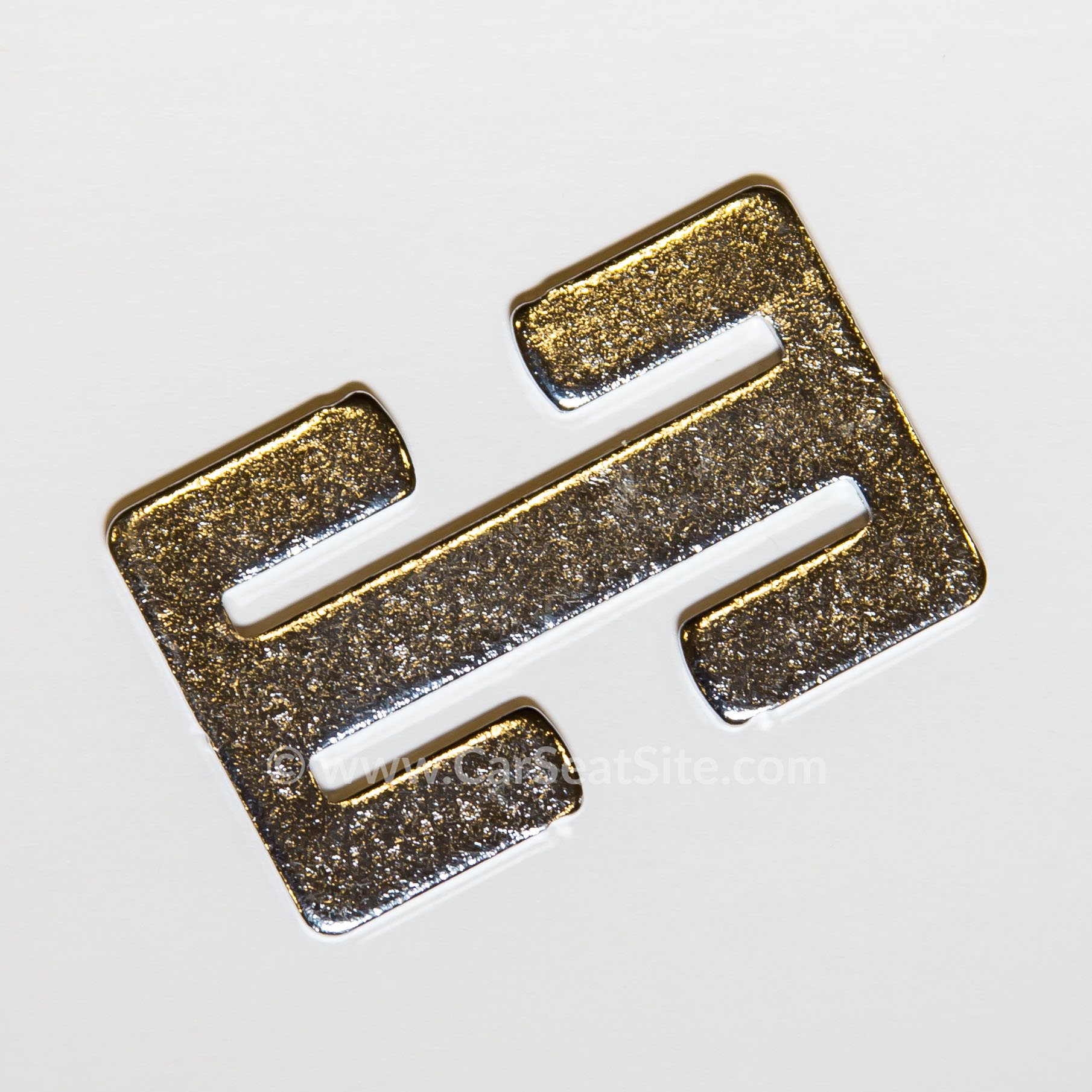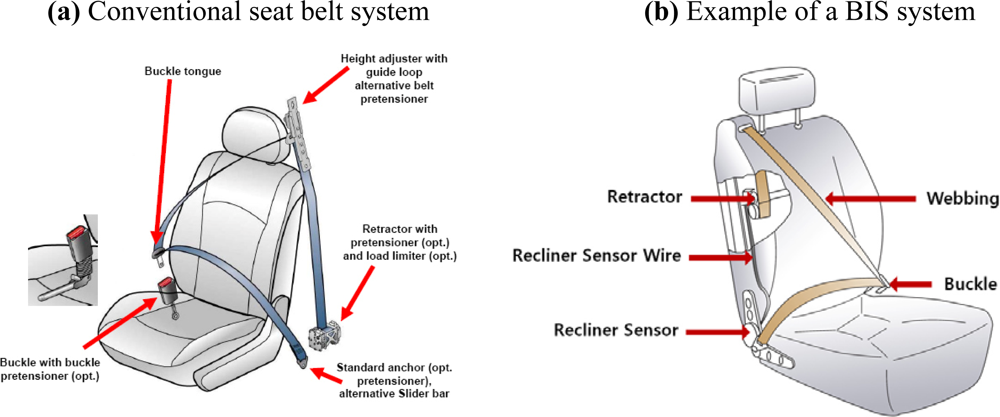The most important part of a seat belt is the spool s locking mechanisma device that makes the belt hold tight in the unfortunate event of a crash.
Modern seat belts have locking mechanisms that are triggered by.
The concern is not that the retracting locking mechanisms may be damaged but that the belts.
Seat belts have operated with an.
A seatbelt also known as a seat belt or safety belt is a vehicle safety device designed to secure the driver or a passenger of a vehicle against harmful movement that may result during a collision or a sudden stop.
This is best for children and keeps them locked in no matter what.
Not all cars are equipped with belt in seat type it s the 3 point elr type but connected to back seat.
A combination of a lap and shoulder belt that secures the lap and chest area to the locking mechanism securely.
Systems activated by a car s movement and systems initiated by the seat belt movement are commonly seen today.
Other vehicles that may not have a switchable retractor are some vehicles made by gm ford saab and volvo.
Modern versions of seatbelts contain a system called pretensioner.
Instead they have only the emergency locking retractor.
The seat belt retractor also has a locking mechanism that stops the spool from rotating.
Several dozen children have nearly strangled to death after finding an unused seat belt and in the midst of playing with it wrapped it around their necks.
The retractor can be triggered by the car s movement.
A seat belt reduces the likelihood of death or serious injury in a traffic collision by reducing the force of secondary impacts with interior strike hazards by keeping occupants.
In misuse conditions such as when a child pulls a seat belt all the way out the alr activates locking the seat belt in place and.
Shoulder seat belt retractors are located close to drivers or passengers ears and are prone to make rattle noises if rattle prevention measures are not in place.
The spool is used to wind and tighten the seat belt and it is made of a spring and a gear.
Modern seat belts are reliable but difficult to test.
Two types of locking systems are used in today s cars.
The spool locks when the vehicle decelerates rapidly like when the vehicle is in a collision.
A retractor usually consists of a spool a locking mechanism and a sensing system.
The first system triggered by the car s movement locks the spool when the car faces rapid deceleration such as when it comes in contact with another vehicle or object.
In the event of a collision the spool is prevented from rotating by a locking mechanism present within the retractor.
The locking mechanism is activated either by the.








